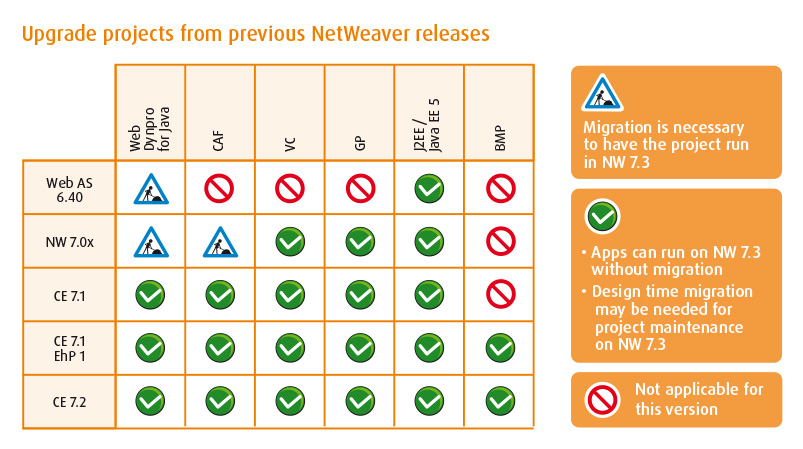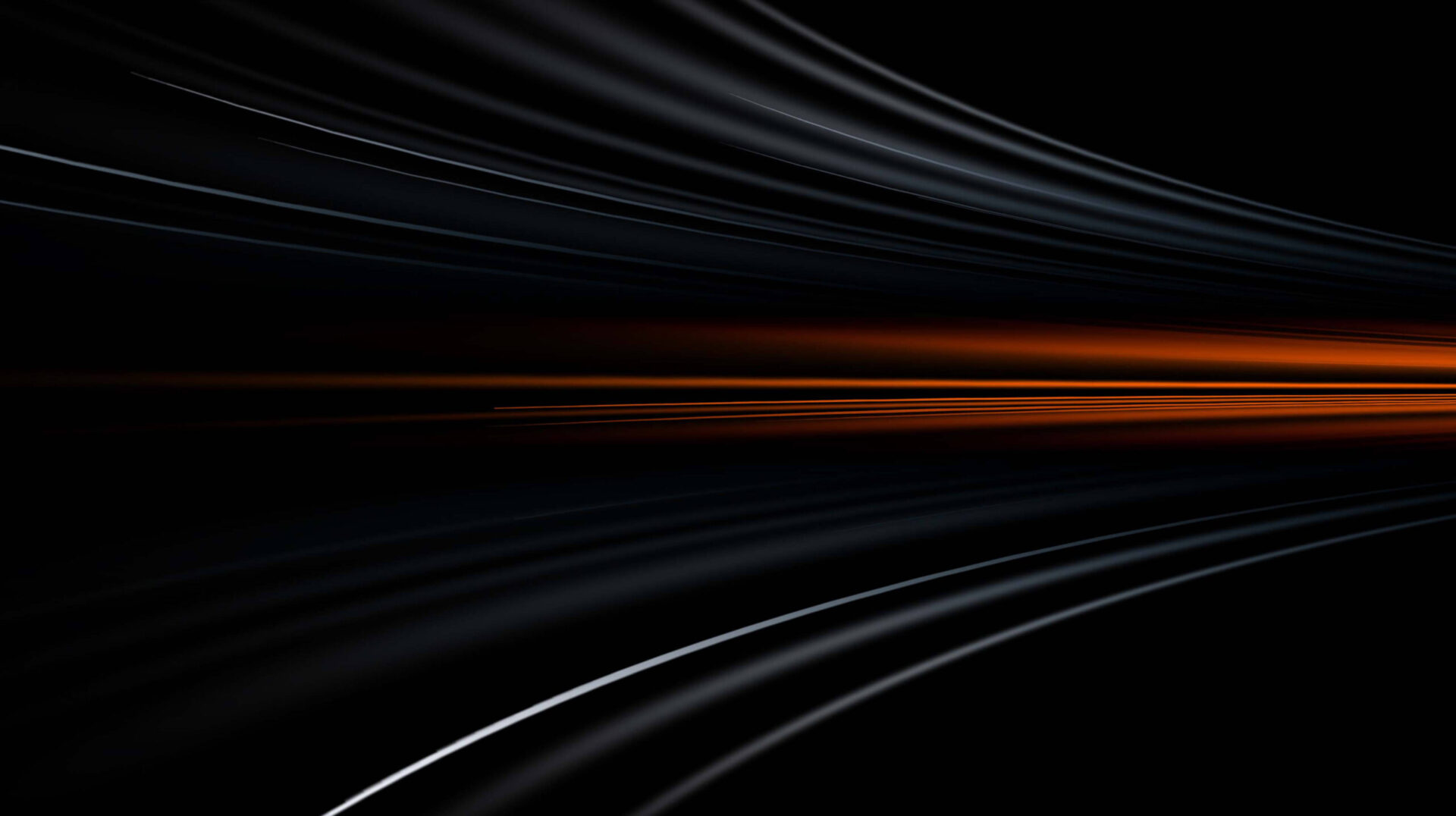Easier, Faster, Better
In the new version of the portal, SAP AG offers a highly scalable application server, fully based on Java Enterprise Edition 5, which results in higher server performance. The primary objective of Java EE 5 was to facilitate the creation of complex corporate applications in Java and to increase developer productivity. These objectives were achieved mainly through refinement, and the simplification and better integration of technological components that were already available in J2EE 1.4. At the same time, Portal 7.3 can use all of the standards offered by the new platform, such as Enterprise JavaBeans (EJB) 3.0, Java Persistence API (JPA), Web Services (JAX-WS 2.0), and Web technologies (JSP 2.1, JSF 1.2, Servlet 2.5).
One of the major improvements is the consolidation of many administration tools (including Visual Administrator and portal support tools) into a single, versatile, multifunctional solution – SAP NetWeaver Administrator. The dashboard – available through a web browser – provides a cross-sectional view of the system, and is ideal for monitoring the portal. In addition, it is the best place to start an internal investigation in search of the “guilty" when things don’t go according to plan.
SAP’s flagship Web Dynpro Java UI (User Interface) technology has been expanded significantly. Those who are working with the Composition Environment could already take advantage of many improvements. The rest will be greatly surprised by a convenient development environment, new controls, integration with Adobe Flash (Flash Island), drag-and-drop functionality, and much more.
Ajax Framework Page, available as of 7.02 EHP2, is now the default framework page, providing you with speed and a wealth of features for editing the dedicated themes.
And finally, the latest version of the NWDS 7.3 (NetWeaver Development Studio) development environment based on Eclipse 3.5. The novelty here is not only the ergonomics inherited from Eclipse Galileo. It is worth mentioning my personal favourite of the available IDE views – the Deployment perspective. It includes the tab strips for effective management of connections to SAP servers and their repositories, as well as advanced deployment of applications into the portal server, including versioning.
What does all this mean for the process of upgrading the portal to the highest version?
Migrations and Adaptation to the New Environment
Due to changes in the underlying technology, custom applications that enhance portal functionalities had to be adapted to the new conditions.
Portal Archive Files (PAR) were withdrawn. Instead of them, the packaging of applications in the WAR (Web Application Archive) format, a standard format for packaging web components for Java EE servers, was introduced. The portal provides the migration tools for converting .par files to the target .war files. This operation relieves the developer from adjusting the project structure to the new format.
In the case of Web Dynpro Java, we can enjoy the backward compatibility of source code (as opposed to binary compatibility). This means, more or less, that the WDJ project must be re-compiled and re-deployed to work properly. It is worth mentioning that you do not have to change the NWDI server to support the deployment of Portal 7.3. However, remember to set the required dependencies and select the correct SDK.
Both of the above paragraphs describe the most optimistic scenarios. When calculating the labor intensity of moving old solutions to the described procedures, you must allow for the most likely complications. Faced with reality, you can, for example, encounter the incompatibility of the Java Development Kit (JDK). It is very possible that you will have to search the SAP JavaDoc annals. In the current Portal edition, the changes affected the set of APIs. Some of them have been optimized, while some new APIs have been added and some removed. Taking the above into consideration, when preparing for an upgrade, it is recommended to ask external vendors of the solutions installed on the portal about compatibility with Portal 7.3. It turns out that in the case of applications connected to, or directly using the interfaces that have been permanently altered or removed, tailor-made solutions must also be adjusted.
A visual side of the portal and applications integrated with it can be tailored to the needs of the user by using the Portal Theme Editor. The theme infrastructure of SAP NetWeaver 7.0 is based on “Unified Rendering” (UR) used for UI technologies, such as Web Dynpro ABAP/ JAVA, Business Warehouse Java (SAP BW), HTMLB and JSP. SAP NetWeaver 7.3 is based on “Unified Rendering Lightspeed”, which improves performance and usability (e.g. support for gradients and transparency has been added). Due to the change of the rendering technology, you may experience minor visual differences. They should be aligned in compliance with UR Lightspeed rules.

With Great Power Comes Great Responsibility
Referring to the statements of SAP AG experts, the Portal 7.3 ramp-up project ran smoothly and almost without interference. Changing the Java standard, as well as administration tools and development environments available to the user, gives new opportunities and room to maneuver. Generally, an upgrade is not the simplest of tasks. An inexperienced consultant will likely face unforeseen problems Therefore, the experience gained in an actual project is extremely important.

